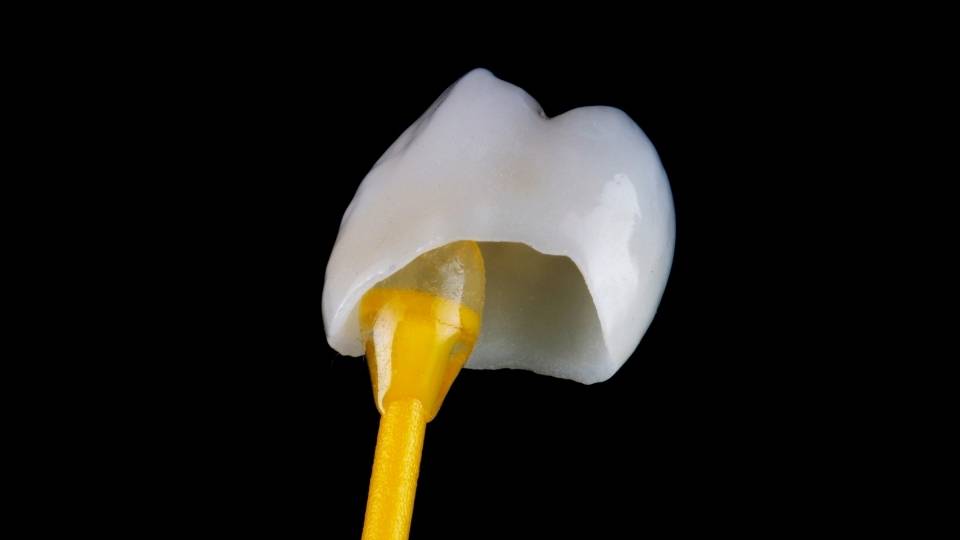
Zirconia Dental Crowns: The History
Dental technology has greatly evolved over the past 50 years in North America. New materials have been discovered and utilized to improve functionality, effectiveness, and overall patient experience. One such innovation in dentistry is the use of Zirconia in dental crowns. Zirconia has a long history, but it was not until recent years that it was used in the realm of dentistry. Now it is one of the most effective materials in the industry. Let’s explore the history of Zirconia crowns in detail and learn more.
The Discovery Of Zircon
Zirconia is a manufactured material, it does not appear naturally. However, it is made from a mineral called Zircon, which can be found on the surface of the earth’s crust. Zircon is a mineral that can be found in nature, raw and un-manufactured. It is the source of Zirconium, which is a silvery-gray metal. Zirconium is a transitional metal and it is incredibly stable. It can form several additional chemical compounds – one being Zirconium Dioxide (better known as Zirconia).
Zirconia In Dentistry
Dentistry began using Zirconia in the early 2000s. The history of zirconia is extensive, as this oxide has had several predecessors in the dental industry. Let’s take a look at the evolution of materials used for dental crowns –
Porcelain Fused To Metal Crowns In 1960’s
During the 1960s, dental crowns commonly used porcelain fused to metal as the main material. It remained the standard in dental restorations for decades. Dentists still use porcelain fused to metal today, and there’s a good reason for it. This combination of materials creates a strong and stable restoration which has stood the test of time. The downside of porcelain fused to metal prosthetics is in aesthetics. Despite the pearly white appearance of porcelain, the underlying metal affects the appearance of the crown or bridge.
Glass-Ceramic Dental Restorations In 1980’s
In the 1980s, glass-ceramic dental restorations were introduced. These crowns looked far more natural and realistic when compared to their predecessors, but they lacked the strength of metal. As a result, glass-ceramic crowns were very fragile. They would chip, split and break off – which made them ineffective as a long-term restorative, despite meeting the aesthetic needs of patients.
Ceramic Restorations In 1990’s
The 1990s saw the rise of ceramics in dental crowns. This was largely the result of new technology, specifically a machine called CEREC. CEREC allowed for same-day dental restorations. This meant that a patient would not have to wait because the machine would make custom crowns from ceramics. This machine is still widely used in dentistry today and it was in the ’90s that ceramics became an essential part of dental restorations. These ceramic crowns lasted 10-15 years and were not as fragile as the glass-ceramic materials of the ’80s.
The Rise Of Zirconia In The 21st Century
Zirconia became popular in the 2000s as a dental restorative. With increased technology, dentists were able to use new tools to work with this new, powdered material. The result was the rise of zirconia dental crowns.
Zirconia brought a powerful combination of metal-like strength and aesthetic appeal. It’s also all-ceramic, which makes it biocompatible for those who are sensitive to metals. Zirconia had the longevity of metal with the translucency, coloring, and texture of a real tooth.
As stated in a popular article on zirconia: “Dentistry makes use of its special properties when manufacturing corona frames and bridge frames, tooth root studs, and metal-free dental implants. Zirconium dioxide is the most widely used oxide ceramic next to aluminum oxide.” It is a leader in dental restoratives of the 21st century.
